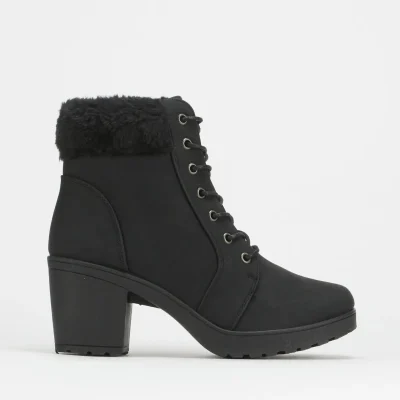The soles of high heels can significantly impact foot health and posture, with both positive and negative effects depending on the design and usage. Understanding these impacts can help you make better choices when selecting heels for fashion and function. Here’s an overview of how different aspects of heel soles affect foot health and posture:
Negative Impacts of Heels Soles
1. Increased Pressure on the Forefoot
- Impact: High heels shift your body weight forward, increasing pressure on the forefoot and metatarsal bones.
- Consequences: Can lead to conditions like metatarsalgia, bunions, and stress fractures.
2. Altered Posture and Alignment
- Impact: The elevated heel changes the alignment of your spine and pelvis, pushing your lower back into an exaggerated arch.
- Consequences: Can cause lower back pain, hip strain, and contribute to poor posture over time.
3. Reduced Shock Absorption
- Impact: Many high heels lack adequate cushioning, resulting in poor shock absorption.
- Consequences: Can lead to joint pain in the knees and hips, and increase the risk of arthritis.
4. Restricted Toe Space
- Impact: Pointed and narrow-toe designs compress the toes.
- Consequences: Can cause hammertoes, corns, and calluses.
5. Instability and Risk of Injury
- Impact: High and thin heels reduce stability.
- Consequences: Increased risk of ankle sprains, falls, and other injuries.
Positive Impacts of Properly Designed Heels Soles
1. Improved Posture with Moderate Heels
- Impact: Moderate heels (1-2 inches) can help align your posture by reducing the forward shift in weight.
- Benefits: Can encourage a more upright stance and reduce lower back strain.
2. Enhanced Arch Support
- Impact: Heels with built-in arch support can help maintain the natural curvature of the foot.
- Benefits: Reduces strain on the arch, helps in preventing plantar fasciitis, and promotes better overall foot health.
3. Cushioned Soles
- Impact: Soles with adequate cushioning materials like memory foam or gel inserts.
- Benefits: Provide shock absorption, reduce impact stress on joints, and improve overall comfort.
4. Wide and Stable Heels
- Impact: Block or wedge heels distribute weight more evenly and provide a stable base.
- Benefits: Reduce pressure on the forefoot, enhance stability, and lower the risk of injuries.
5. Custom-Fit and Ergonomic Designs
- Impact: Custom-fit insoles and ergonomic designs tailored to individual foot shapes.
- Benefits: Ensure proper alignment, support, and comfort, reducing the risk of foot problems and enhancing posture.
Tips for Choosing Healthier Heel Soles
- Opt for Lower Heels: Choose heels that are 1-2 inches high for a better balance of style and comfort.
- Look for Arch Support: Select heels with built-in arch support to maintain foot health.
- Cushioning is Key: Prioritize shoes with cushioned insoles to improve shock absorption.
- Prefer Wide Heels: Choose block or wedge heels for better stability and weight distribution.
- Ensure Proper Fit: Make sure the shoes fit well, with enough room for your toes to avoid compression.
- Use Orthotic Inserts: Consider using orthotic inserts for added support and cushioning.
- Limit Wearing Time: Avoid wearing high heels for extended periods and alternate with flats or lower heels.
- Stretch and Strengthen: Regularly perform foot and ankle stretches and exercises to maintain strength and flexibility.
Conclusion
The soles of high heels have a significant impact on foot health and posture. While poorly designed heels can cause various foot and postural problems, opting for well-designed, supportive, and cushioned heels can mitigate many of these issues. By making informed choices and adopting healthy footwear practices, you can enjoy the style of high heels without compromising your foot health and posture.


















